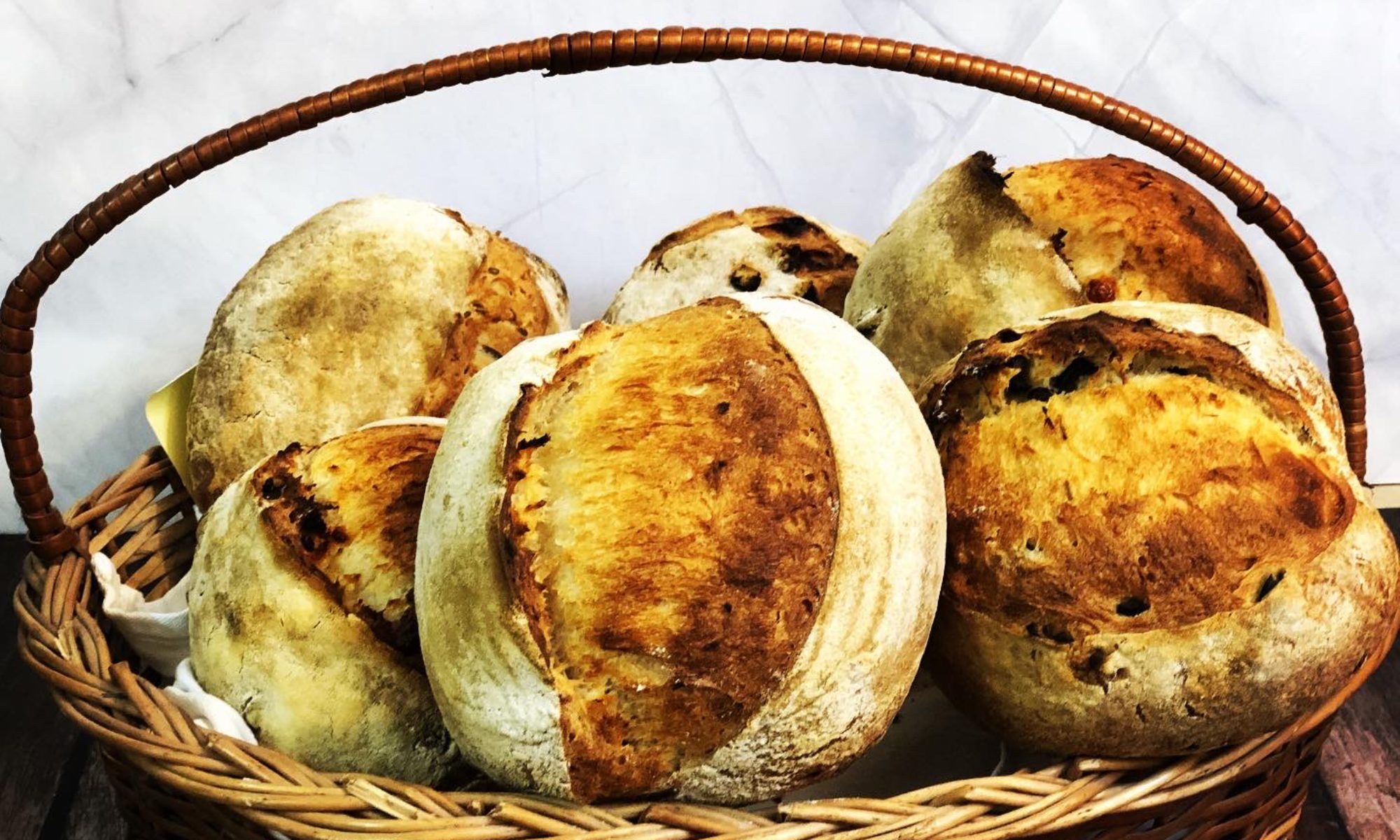Salads have been around for a while as an integral part of our meal. But not only have they shot up several notches on importance scale, they have also assumed totally different and beautiful form. Now even the restaurants and diners have a big menu for salads. Presentation has become such a significant part of culinary industry that apart from the nutritive value that the salads bring to the table, they also have to look beautiful.
What are the components that make up a salad? A nicely plated salad will have four elements namely – base, body, dressing and garnish. Most salads will definitely have the body and the dressing, but a professional salad would have all the four components.
- Base
This is actually the bed on which the body of the salad is presented. Not only does it help to to hold the salad together, but also adds colour and dimension to the salad. For example, if you are making a simple potato or a pasta salad, wouldn’t it look great if you were to present in on a bed of lettuce leaves? So lettuce leaves form a terrific bed for salads. - Body
There is not much of a need to talk about the body of the salad as it is quite self explanatory and is one of two essential elements of a salad. This would include ingredients like salad greens, vegetables, proteins, fruits, legumes and starches depending upon the salad we are making. - Dressing
This the second most iimportant ingredient of the salad. Like Julia Child said, a perfect dressing is essential to the perfect salad. And if that happens to be made freshly rather than using a bottled one, nothing like it. Dressing is the one that imparts taste to the salad and brings it pretty much alive. It has to pair well with the ingredients used in the body of the salad and enhance their taste. For example, a slightly sweetish taste goes well with the fruits. A tart and tangy dressing goes well with green and vegetable salads. Also, one has to be very careful about the quantity of the dressing to be put as too much dressing can do damage by softening up the supposed to be crisp leaves. The salads need to be tossed with the dressing just before the service so that they do not wilt. - Garnish
Garnish just transforms the salad into an edible piece of art. But do not overdo the garnish. Garnish can be as simple as a sprig of mint or parsley or coriander sitting on the top of the salad. It can be finely sliced red cabbage or bell peppers mixed into the salad to give it colour variation. Of course, the garnish should pair well with the salad. As someone has truly said, ‘The colour of fresh garden salad are so extraordinary that even a painter’s pallet cannot duplicate nature’s artistry’.
If you are good at making salads, be the best at it by visualising the plating of it. Choose appropriate plates or bowls to serve the salad. Make sure the vegetables and salad greens are properly washed, drained and crisp.(For more information on this, refer to the blog on Salad Greens) More the colour contrast in the salad, the more appetising it looks! But do not go overboard. Make sure you have chosen a good base and garnished it suitably. Pay attention to the uniformity of cutting the greens and the vegetables. (Refer to my blog on Knife skills). Also use the correct type and amount of dressing. Last but not the least – just keep it simple!





My visual thumb rule for salad is it should have 5 colors in its ingredients.
Green, Red, Yellow, White and any other color such as brown/orange/black/deep red based on the ingredients available.
Good one Kalika!!!